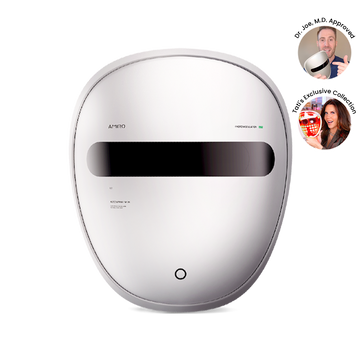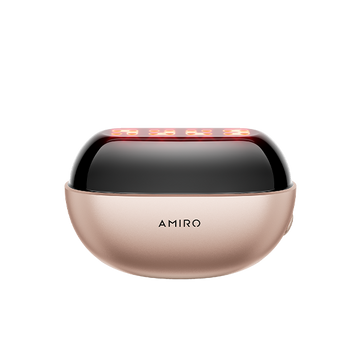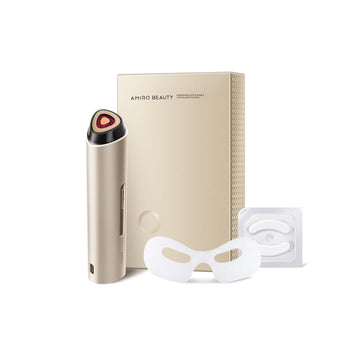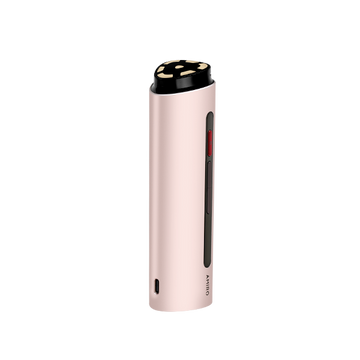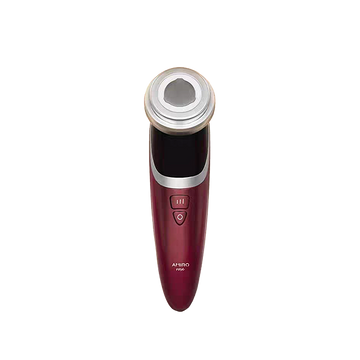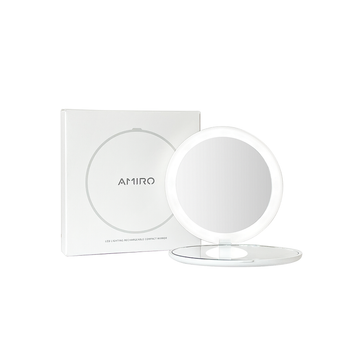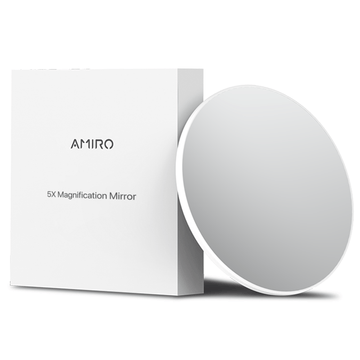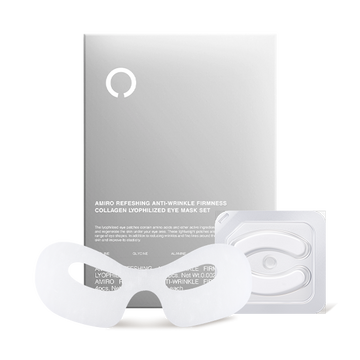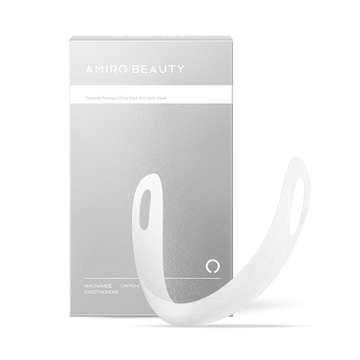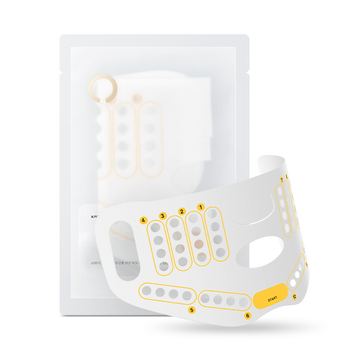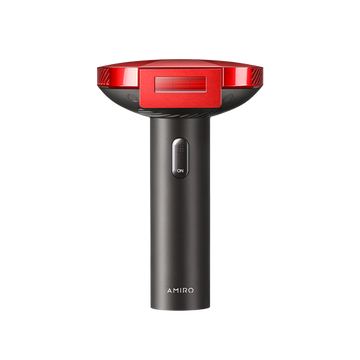How to Remove Ear Hair
Navigation
- What can ear hair do?
- How do we perceive ear hair?
- When do we need to remove ear hair?
- How to get rid of ear hair safely and effectively?
- What to avoid in the ear hair removal?
- Conclusion
In the vast universe of personal grooming, a topic that has been gaining attention lately is ear hair removal. While ear hair might seem like an odd focus, its presence and management are more significant than you might think.
Today, we provide an expert guide to the science of ear hair removal.
What can ear hair do?
Ear hair, or more scientifically known as cilia, plays a vital biological role that often goes unnoticed. These fine, almost invisible hairs line the inner parts of our ear canals, serving as the first line of defense against the external environment. They act as a barrier, deterring foreign particles such as dust, debris, and harmful organisms from making their way into the intricate inner ear structures, thereby helping to maintain our ear health.
These tiny defenders also assist in the movement of earwax, which itself is another protective mechanism. Earwax, produced by the glands in our ears, traps any foreign particles that manage to bypass the ear hair, preventing them from reaching the eardrum. The cilia then help to move this wax, along with the trapped debris, out of the ear, keeping our ears clean and functioning optimally.

How do we perceive ear hair?
The visibility of ear hair can vary among individuals, and so do people's attitudes towards it. Some consider it a natural and acceptable part of aging and don't botherwith its removal. For them, it's just another aspect of human diversity and body positivity.
On the other hand, others view visible ear hair as an unsightly nuisance that needs to be managed. This group might perceive excessive ear hair as a sign of poor grooming or aging and thus seek ways to remove it.
It's essential to note that neither perspective is right or wrong. It's a subjective matter, primarily influenced by individual comfort, personal beliefs, and societal standards. As with any other aspect of personal grooming and body care, the decision to remove or retain ear hair should be a personal choice, made with a good understanding of the safety, efficacy, and implications of the chosen method.
When do we need to remove ear hair?
While ear hair serves a critical purpose, it can become problematic in certain situations. For instance:
- Excessive hair growth: Certain individuals may experience excessive hair growth due to genetic factors or hormonal changes. This can lead to visible, bushy hair protruding from the ears, which some may find aesthetically unappealing.
- Hygiene issues: Excessive ear hair can trap more debris and wax, leading to hygiene issues and potentially increased risk of infections.
- Personal preference: Some people might simply feel more comfortable and confident without visible ear hair, and that is perfectly okay. Personal grooming is all about personal choice.
How to get rid of ear hair safely and effectively?
In the quest for smooth and groomed ears, various methods of ear hair removal have emerged, each with its own set of benefits and considerations. In this section, we'll explore some of the most popular methods of ear hair removal, discussing their effectiveness, safety features and important considerations to help you make informed choices for your grooming routine.
1. Ear Hair Trimmers
Ear hair trimmers are specially designed devices with safety features to prevent accidental injuries. These hair removal devices are ideal for removing visible hair around the ear's entrance without risking damage to the inner ear.
2. Scissors
Using scissors with rounded edges can be an effective method for removing thin and sparse ear hair. This method is less invasive and suitable for individuals with minimal hair growth in their ears.
3. Waxing
Waxing is a quick, albeit slightly painful method of removing ear hair. Always seek professional services as improper waxing can cause injury.
4. Laser Hair Removal
Laser hair removal is a long-term solution for unwanted ear hair. It uses light to destroy the hair follicle, preventing future growth. Consult a certified dermatologist before deciding on this procedure.
5. Depilatory Creams
These are specially formulated creams that dissolve hair. They are easy to use but should be patch tested on skin before application to the ears. Also, they should never be used inside the ear canal.

What to avoid during the ear hair removal?
While ear hair removal might seem straightforward, some methods can lead to negative consequences.
- Tweezing
As tempting as it might be, never pluck ear hair. The pain aside, tweezing can cause trauma to the skin and potentially lead to infection.
- Using Hair Removal Creams Inside the Ear
While hair removal creams are effective, they should never be used inside the ear canal. The chemicals can cause irritation or even damage the eardrum.
Ear hygiene tips
While ear hair removal is an important aspect of grooming, ensuring cleanliness and hygiene in the ears goes beyond just removing visible hair. Here are some tips for maintaining good ear hygiene:
- Cleaning the outer parts of the ears: The outer ear, including the earlobes and the folds behind the ears, can accumulate dirt, oil, and dead skin cells. Regularly cleaning these areas with mild soap and water can help prevent buildup and reduce the risk of infections.
- Avoiding excessive earwax removal: While it's important to manage earwax buildup, it's equally crucial not to over-clean the ears. Earwax serves a protective function by trapping dust, debris, and bacteria, preventing them from entering the ear canal. Cleaning the ears too frequently or aggressively can disrupt this natural mechanism and lead to dryness, irritation, or even injury to the ear canal.
- Managing earwax buildup: If you experience excessive earwax buildup, there are safe and effective ways to manage it. Softening earwax with over-the-counter ear drops or olive oil can help facilitate its removal. You can also perform gentle ear irrigation using a bulb syringe or an over-the-counter ear irrigation kit to flush out excess earwax.
- Avoiding inserting objects into the ear canal: It's important to refrain from inserting cotton swabs, fingers, or any other objects into the ear canal to clean or remove earwax. These actions can push earwax deeper into the ear canal, causing impaction or injury to the delicate structures of the ear. Instead, allow the ears to naturally regulate earwax production and use gentle external cleaning methods to maintain hygiene.
By following these simple tips, you can promote ear health and hygiene, ensuring that your ears remain clean, comfortable and free from infections.
Conclusion
In conclusion, ear hair, while performing a crucial biological function, has also become a matter of personal grooming. Remember, when it comes to removing ear hair, safety should always come first. When in doubt, consult a professional to avoid unnecessary risks. With this guide, you're now well-equipped to handle ear hair removal in a safe and effective manner. Remember, your comfort and confidence in your appearance matter most!
